Unfortunately, strawberry beds don’t last forever. Even though strawberries are perennial plants, a bed will only last so long.
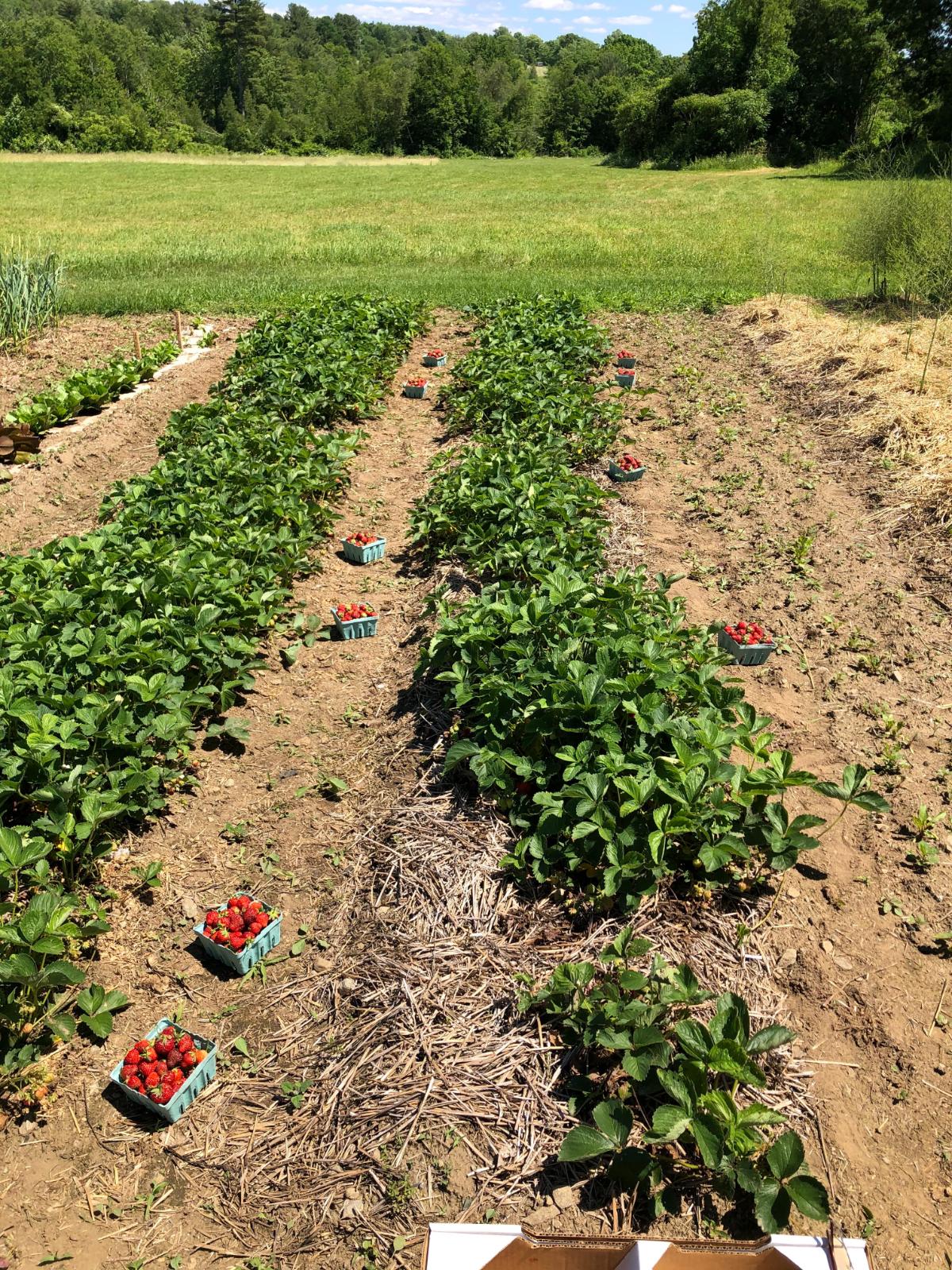
Over the years, the productivity of your strawberry bed will gradually decline. There will come a time when you will need to replace your strawberry bed.
Jump to:
- Even renovated and fertilized strawberry beds need regular replacement
- Signs It’s Time to Replace Your Strawberry Bed Entirely
- When is it time to replace your strawberry bed?
- What happens when you don’t replace a strawberry bed every three to five years?
- Some tips to replace your strawberry bed without missing a season or harvest
Even renovated and fertilized strawberry beds need regular replacement
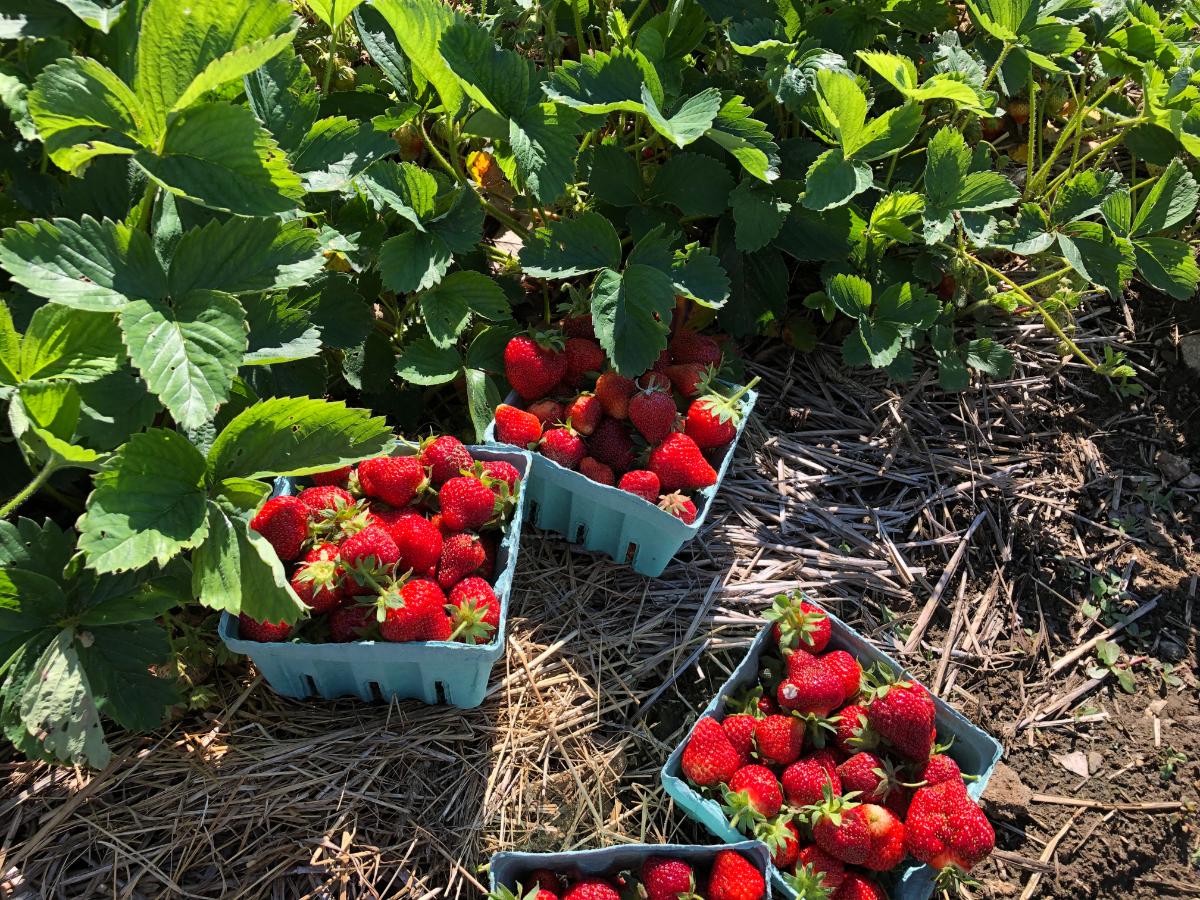
This is something we don’t all account for when we dive into growing strawberries at home. We think that since strawberries are perennials, we can set them and mostly forget them until it is time to pick them, fertilize them, and renovate them.
Renovation refers to the annual practice of cutting back June-bearing strawberries after the end of the harvest. It consists of mowing, weeding, feeding, and letting the bed regrow.
Renovation is what keeps heavy-feeding strawberry plants going and producing for several years. But it has its limits.
For more on strawberry bed renovation, read here: Guide to Strawberry Renovation
Because you can’t till into the soil of an established strawberry bed, you can never quite bring it back to its original glory days. And the plants will eventually exhaust themselves (much like any living creature).
There will only ever be so much that even the best plants and the best-maintained strawberry bed can give you.
Do note that day-neutral and everbearing strawberries, which are not renovated like June-bearing strawberries but which are fertilized every year, also run out and need replacement. Because they produce for so many more months of the year, they often run out sooner, more towards the low end of the range than the high end.
Signs It’s Time to Replace Your Strawberry Bed Entirely
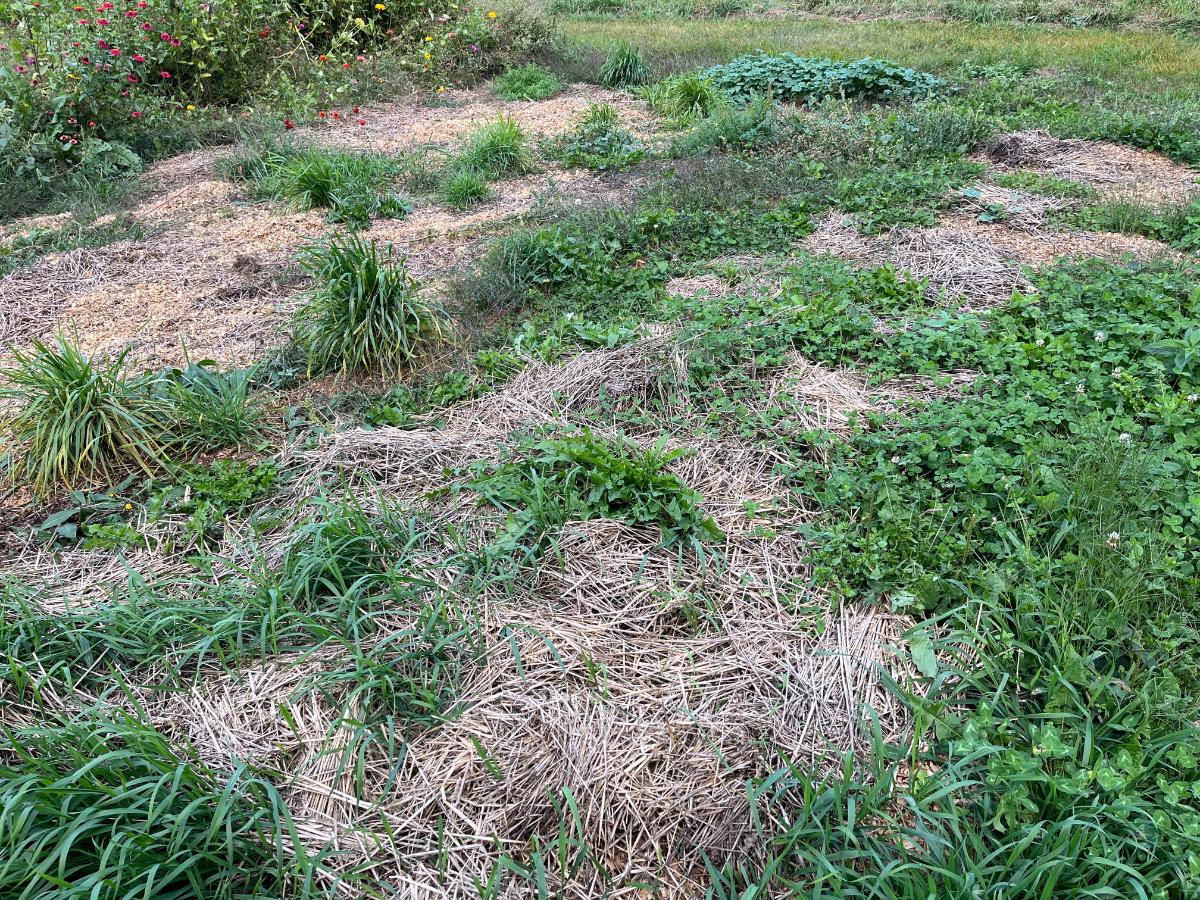
Time is one way to plan for the replacement of your strawberry bed. There are other signs that tell you it’s time to put in new plants. Rotate (if possible) and replace your strawberry plants when:
- There is an uncontrollable disease that can’t be dealt with, or that affects the roots
- The yield of your annual harvest begins to shrink, and you get less and less of a harvest every year
- The number of berries per plant is significantly lower
- The size of the berries is small
- Your plants don’t grow as large or as vigorously as they once did
- Your patch looks more like sporadic, small plants than a nice, matted row
- Weeds proliferate and become hard to control
Of these, disease and harvest yield are the two biggest tell-tale factors. For most, with a well-cared-for bed of strawberries, it will be the small berries and the reduced harvest that will tell you it’s time to replace your bed.
When is it time to replace your strawberry bed?
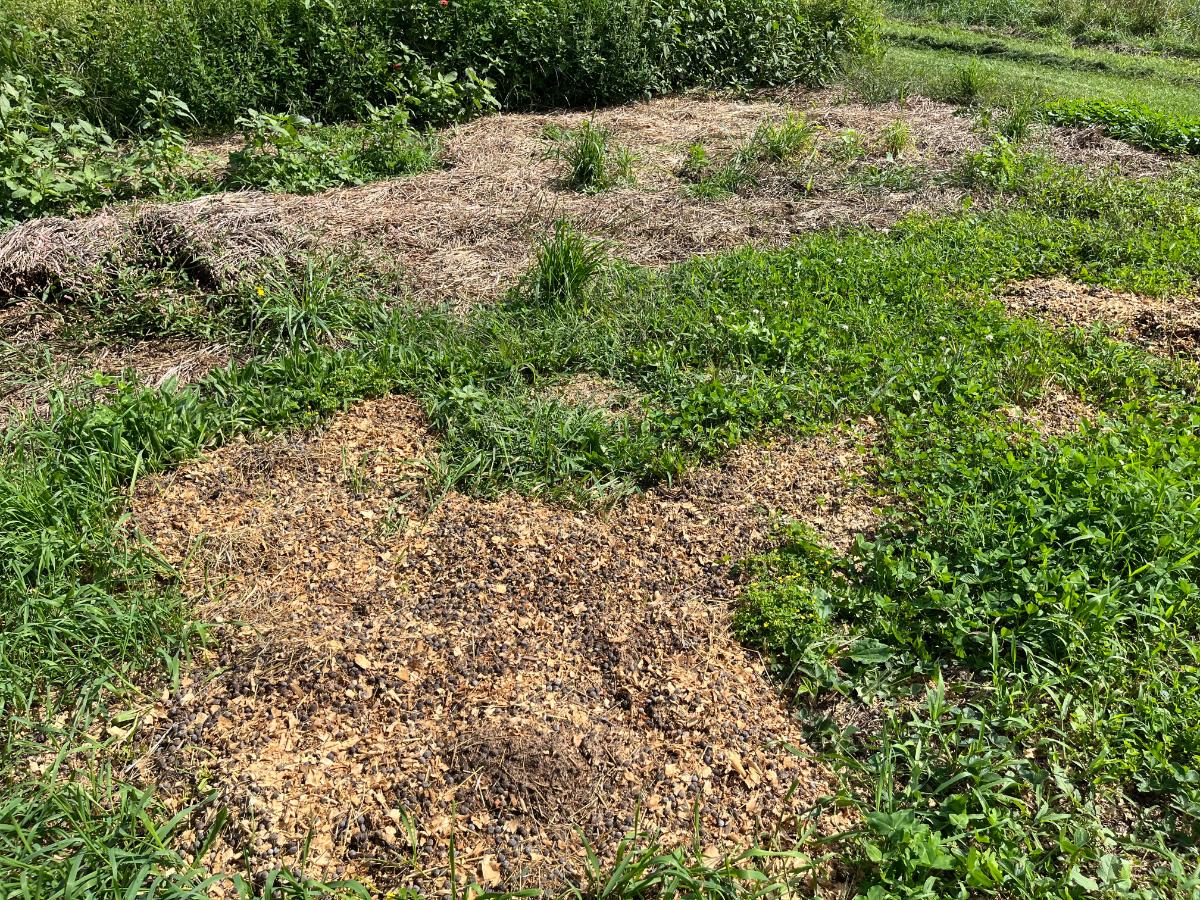
The average number of years that you can expect to get out of a strawberry bed is between three and five years. So, plan to replace your existing bed within this time frame.
- If your bed is very well cared for and you fertilize and renovate it on schedule, you may get a longer life from your bed, in some cases, even beyond five years
- Better soil and nutrient conditions will help beds last longer, too
- If you have excellent soil, you may get longer life out of your beds (or at least towards the longer side of the 3 to 5-year range)
- If your soils are poor and/or don’t hold nutrients and moisture well, expect your bed to need replacing sooner, towards the three-year end of the spectrum
Of course, you don’t want to remove your strawberry patch before it has given you all the good quality berries it has to give, either. This is why it is helpful to know what the signs of a declining strawberry bed are.
By knowing the signs, paying attention to your strawberry patch, and keeping track of its age, you can decide when the best time is to start replacing your strawberries and renewing your strawberry bed.
What happens when you don’t replace a strawberry bed every three to five years?
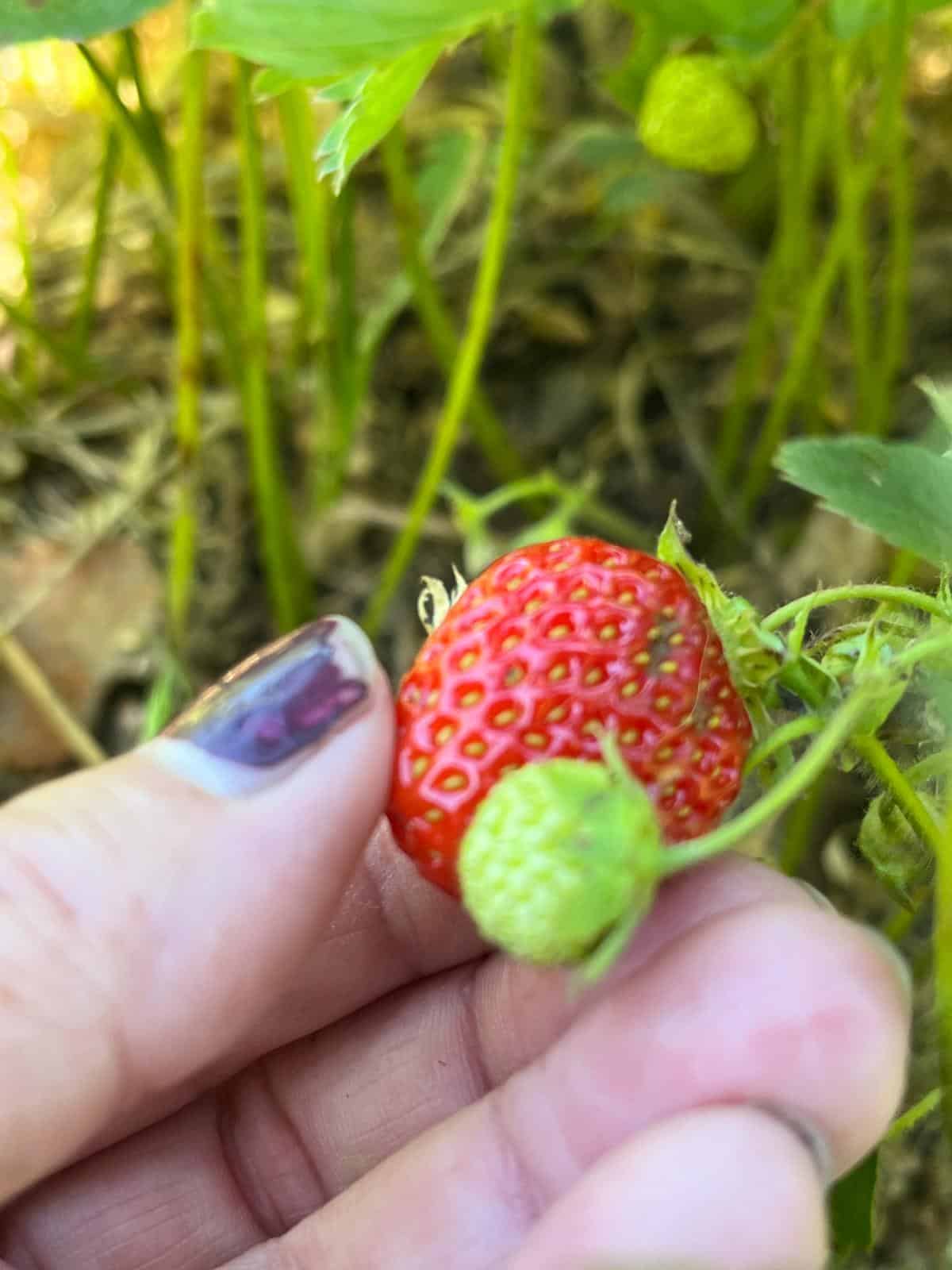
- Weeds will encroach and become difficult to control
- Weeds tend to worsen as the plant size diminishes and the plants don’t grow as large or as vigorously as they once did
- Smaller plants won’t shade out weeds the way they should
- The strawberry plants will have a harder time competing against grasses and weeds
- The nutrients in the ground will become depleted, and it will be difficult to add enough fertilizer to overcome the soil’s depletion
- The size of your strawberries will diminish. Your berries will be smaller and smaller each year
- There can be a huge difference between the size of berries in a freshly planted strawberry bed in its first year or two and the size of the berries after three to five years
- Berry size will gradually revert back to something similar to their natural wild relatives
This list might sound a lot like the list of signs that tell you it is time for strawberry bed replacement. It’s true that they go hand in hand. Less vigorous plant growth from old age and depleted soils reduces the size and yield of your berries. It’s all connected.
Some tips to replace your strawberry bed without missing a season or harvest
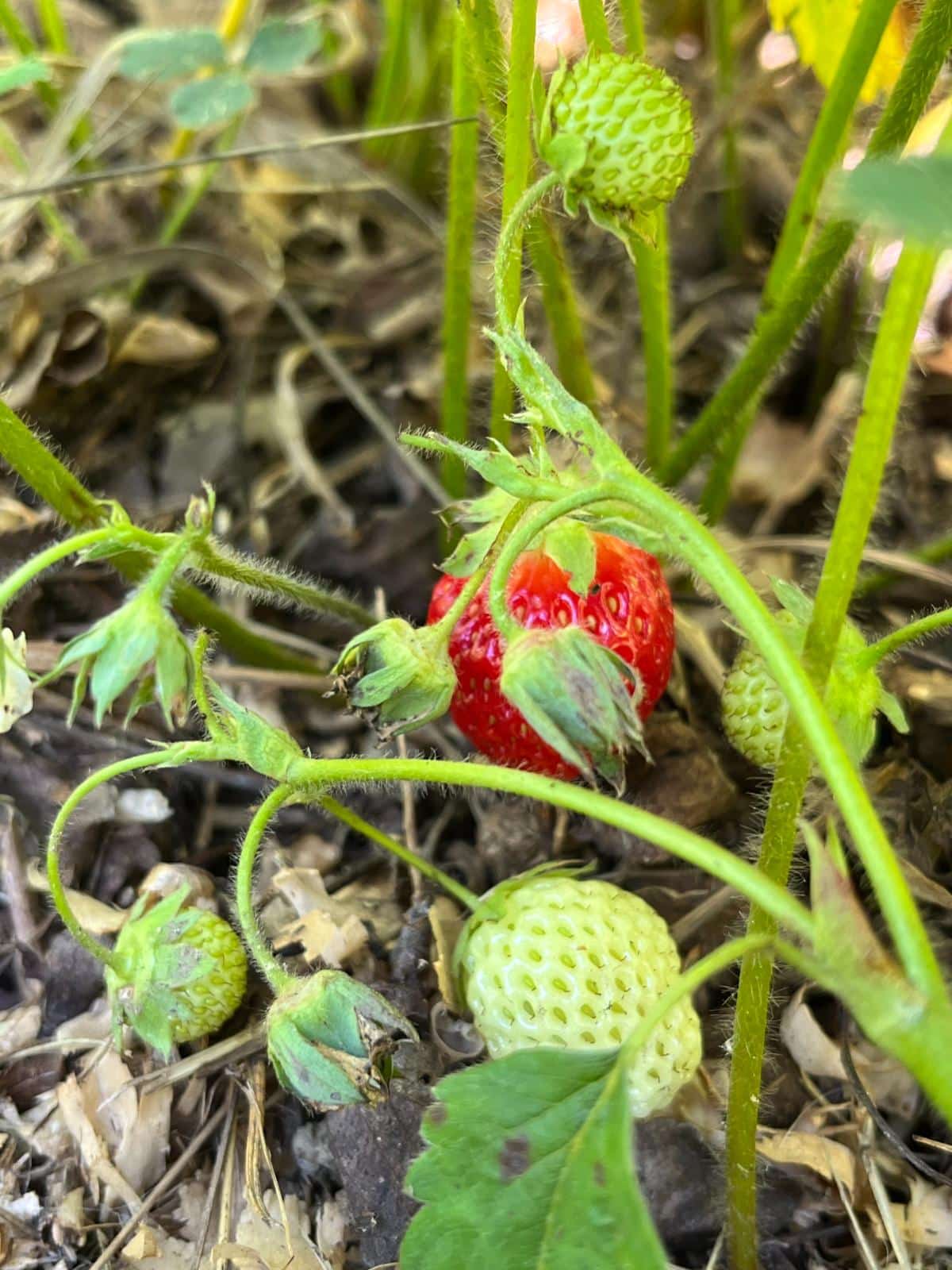
One of the hardest things about starting over with your strawberry bed is that by traditional planting standards if you just replace the whole bed in the same space, you’ll miss a whole year of strawberry picking.
This is a hard thing to do when you’ve gotten used to always having fresh, delicious homegrown strawberries!
There are ways to replace an old, underproductive bed of strawberries and never miss a harvest. Here are some options and some top tips:
- Start the new bed next to the old or in another place a year before your old bed is finished
- This way, you do not have to miss a year of strawberry picking as you wait for the plants to grow to size and start producing
- This is especially helpful if you plant your new beds in the spring because you wouldn’t be able to pick berries that first year
- If you plant your new bed in the fall, you’ll gain a whole season on the harvest and won’t have to wait for the new bed to get going
- Rotate the location of your strawberry beds when you replace them
- Rotation lets you amend the soil and overcome depleted soil issues
- Rotation also means you can start one bed in the year when the other is finishing and have no break in the harvest
- There are other benefits to bed rotation, including reducing pest pressure in your strawberries and reducing disease and pathogen exposure between beds
- Another in-between version of bed rotation is to plant one new row of strawberries every year
- After three years of this (three rows), you can go back and start planting in the original first row’s space again because it will have had time to rest and regenerate, and you will have had time to amend it and rebuild the soil
You can plant your new strawberry bed in the spring, summer, or fall. Fall is an excellent time to plant a replacement bed because you don’t lose any time harvesting.
Here are 7 Reasons to Plant Strawberries in the Fall you’ll want to consider.




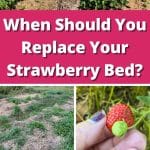




Leave a Reply